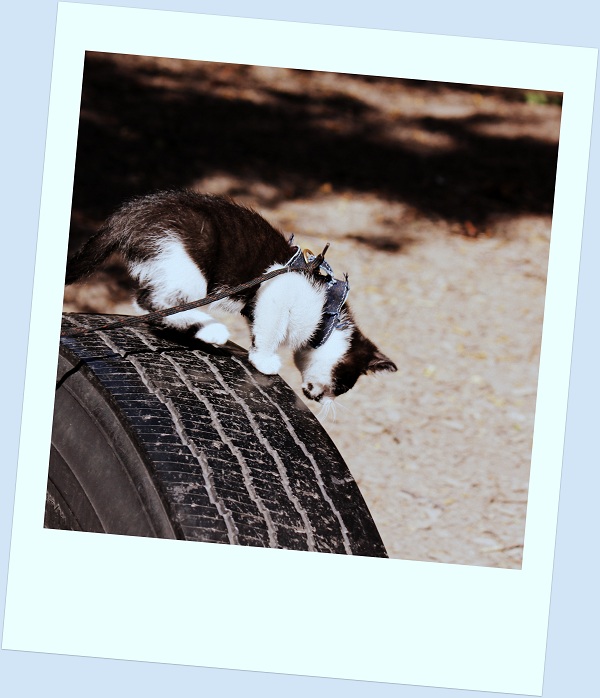Does your cat have worms?
Intestinal worms can infect just about any cat, but cats who live outdoors and hunt wild game are particularly susceptible to a worm infestation. Intestinal parasites may cause no symptoms in your cat, but some cats will present such unpleasant symptoms as weight loss, vomiting, and diarrhea. A natural and unpreventable problem, intestinal parasite infestation in cats has an equally natural solution - one that involves no chemicals or medicine and doesn’t demand a trip to the veterinarian.
Food-grade diatomaceous earth is a 100% natural, organic solution for internal pest infestation in cats.
What is diatomaceous earth and how does it work?
Diatomaceous earth is completely natural. It is formed from the remains of dead diatoms - these are microscopic single-celled algae. Once fossilized, all that remains of these tiny plants is their silica shells - which are easily crumbled into a very fine, slightly abrasive powder. The resulting powder is diatomaceous earth.
Diatomaceous earth attacks worms in a completely mechanical, non-chemical way. The fine powder, when greatly magnified, resembles shards of glass in structure, which is the secret to its strength. While food-grade diatomaceous earth is completely safe for ingestion by fish, rodents, cats, dogs, larger animals, and humans, it is lethal to most insects. Diatomaceous earth particles penetrate the outer shell of an insect’s body like a tiny shard of glass. This damage to their protective outer layer will either dehydrate or cut up the bug, leading to its death.
Taken internally, diatomaceous earth is effective for killing intestinal parasites like roundworms, whipworms, pinworms, tapeworms, and hookworms.
How can I use diatomaceous earth as a natural dewormer for my cat?
Diatomaceous earth is easy to administer. Mix the fine powder into your cat’s food. It’s relatively tasteless and is easy to incorporate into any type of cat food. Our cats eat diatomaceous earth daily as a supplement mixed into their wet food, and there’s never been a complaint!
We recommend about half of a teaspoon for smaller cats and kittens, and a teaspoon per day for larger adult cats - those weighing over about six pounds.
Continue to feed your cat diatomaceous earth daily for at least a month. Adult worms should be eliminated in within a week, while it will take longer to kill hatching eggs.
What are the risks?
Like any powder like flour or cornstarch, it’s best to avoid inhaling large amounts of diatomaceous earth. If you have concerns about breathing in the dust or suffer from respiratory issues, make sure you handle diatomaceous earth packages gently and work with it in a ventilated area.
It is critical that you use only food-grade diatomaceous earth. Non-food-grade, or industrial, DE has a higher crystalline silica concentration, making it too abrasive to take internally. This type of diatomaceous earth is used for pool and fish tank filtration or to make dynamite. It is not safe for animals to ingest. Using the wrong kind of diatomaceous earth can be very damaging to your cat’s health, so make sure that you use only food-grade diatomaceous earth.
Ready to get rid of your cat's worms? Buy food-grade diatomaceous earth for your cat here:
Ready to get rid of your cat's worms? Buy food-grade diatomaceous earth for your cat here:











